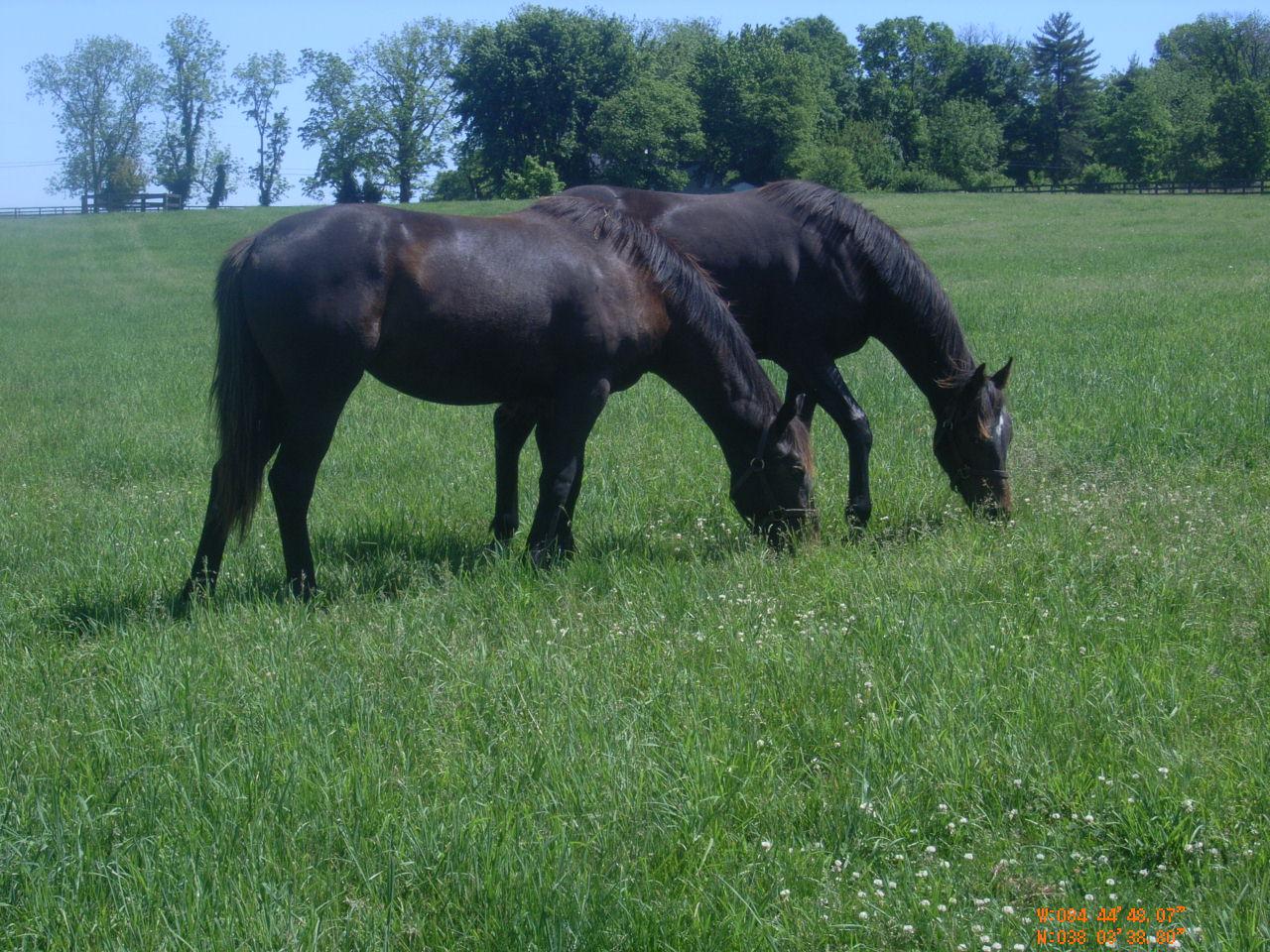Equine
Resources
Poisonous Plant Information
Programs
UK Horse Pasture Evaluation Program
The UK Horse Pasture Evaluation Program provides comprehensive evaluation of pastures, including tall fescue analysis, to improve grazing management, reduce hay needs, and protect natural resources.
NRCS RCPP Cost Share Program
The University of Kentucky has partnered with the USDA-Natural Resource Conservation Service to extend programs to eligible equine operations in Kentucky. This 4 year project will provide management advice to 20 farms throughout the commonwealth, sponsor field days and educational events, and provide horse farm management training to NRCS employees.
Equine Publications:
Improving Kentucky Horse Pastures
Understanding Endophyte-Infected Tall Fescue and Its Effect on Broodmares
Interpreting Forage Quality Reports
Planning Fencing Systems for Intensive Grazing Management
Using a Grazing Stick for Pasture Management
Tall Fescue Novel Entophyte Varieties and Establilshment for Livestock and Horse Farms
Evaluating Cool-season Perennial Grass Pastures using the UK Horse Pasture Health Score Card
Tall Fescue Sampling Guidelines for Ergovaline Analyses
Using Dry Lots to Conserve Pastures and Reduce Pollution Potential
Sampling for the Tall Fescue Endophyte in Pasture or Hay Stands
Endophyte Testing Submittal Form
Blackpatch of Forage Legumes: Cause of Slaframine Toxicosis or "Slobbers" in Animals
Broadleaf Weeds of Kentucky Pastures
Alfalfa High-Quality Hay for Horses
Forage Use and Identification Guide
Soil Samplng and Nutrient Management in Horse Pastures
High Traffic Area Pads for Horses
Estimating Carrying Capacity of Cool-Season Pastures in Kentucky Using Web Soil Survey
Tall Fescue Endophyte Concepts
Slaframine Toxicosis or "Slobbers" in Cattle and Horses (New 2018)
Guide to Plants of Kentucky Potentially Poisonous to Livestock
Weed Management in Grass Pastures, Hayfields, and Fencerows
Using Soil-Cement on Horse and Livestock Farms
Using Dry Lots to Conserve Pastures and Reduce Pollution Potential
Minimizing Losses in Hay Storage and Feeding
Recommended Principles for Proper Hay Sampling
Comparison of Commercially Available Novel-Endophyte Tall Fescue Forage Varieties



